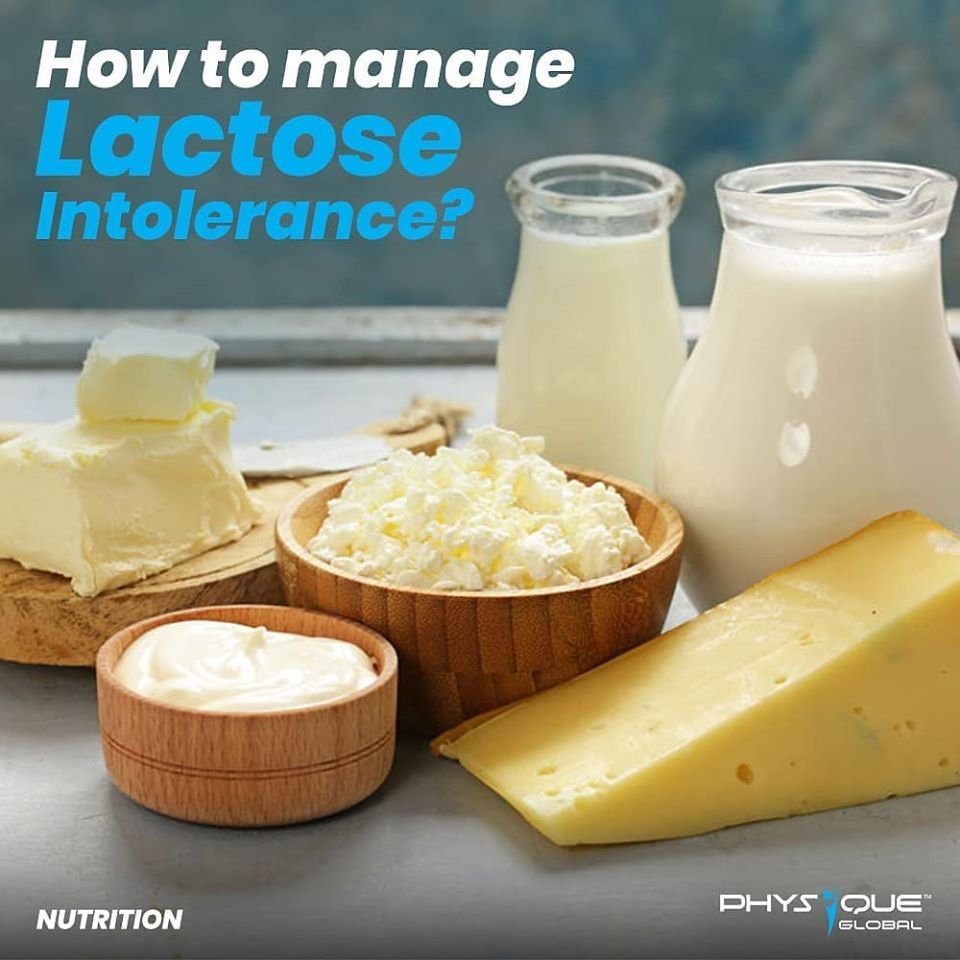People with lactose intolerance experience digestive problems when they eat dairy, which can have a negative effect on the quality of life. The simplest treatment of lactose intolerance is to avoid dairy products.
Enzymes: To have a better understanding of what actually happens, let’s first find out what is an Enzyme. Enzymes or digestive enzymes that help to break down food components such as proteins, carbohydrates, and fats.
This breakdown allows the nutrients from foods to be absorbed into our bloodstreams so that they can support the functioning of all the cells in our bodies.
Lactase: Lactase is an enzyme that is produced by the body to help break lactose down into glucose and galactose, which can then be absorbed into the bloodstream and used for energy.
People with lactose intolerance don’t make enough of the enzyme lactase, which is needed to digest lactose, and are therefore unable to digest any food containing lactose.
Conclusion: Treatment for lactose intolerance consists of either supplementing the body’s supply of lactase enzyme or avoiding lactose-containing foods.
Milk and other dairy products are the primary sources of calcium, hence individuals who are lactose intolerant are suggested to add a calcium supplement in their diets.
Most people with lactose intolerance can handle small amounts of lactose, such as a glass of milk, which contains 8–10 grams of lactose.
Soy foods such as soy milk and yogurt are lactose-free, a good source of calcium and a good substitute for milk or milk products.
Lactose-free milk and lactose-free ice cream are available. These products contain lactase that breaks down the lactose sugar.
If you are lactose intolerant and trying to avoid lactose, it is a good practice to check food labels before eating any packaged food items and avoid any item containing milk solids, non-fat milk solids, whey, milk sugar, etc.

